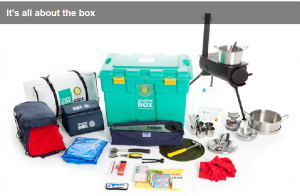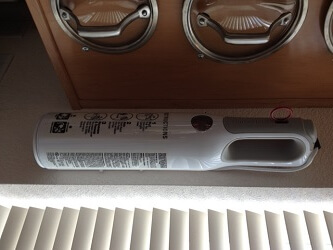“Says who?!” — Best Sources of Info for Emergency Planning
As you can imagine, writing an article or two every week about disaster preparedness requires that I do some research. I don’t already know EVERYTHING! Let me tell you about some of the best sources I’ve found.
 First place goes to my neighbors.
First place goes to my neighbors.
I note what they do, and don’t do. Sometimes, I’m impressed, and share the good ideas. Sometimes I’m appalled, and I try to turn that into some sort of lesson, too. “Names have been changed to protect the innocent.”
Second place goes to online forums and websites.
I do try to spend an occasional half-hour on the big “prepper” forums. (Just type into your browser a key word – such as “survivalist” – followed by the word “forum.”) Always interesting, not infrequently overtaken by expressions of fear and hate – not what I’m trying to generate or stoke with my articles. Emergency Plan Guide aims to get neighbors to work together effectively, leveraging their knowledge and equipment for the benefit of all.
Third place goes to my Google Search tools.
I have Google Alerts set for “Emergency Preparedness,” “Survival” and “Disaster Recovery.” Every day I am fed about two dozen articles. Usually, 9 out of 10 are press releases from cities, and they read almost identically. For example: “[City] Holds Emergency Preparedness Fair.” Good news, but ho hum as far as stimulating me to write!
That tenth article is the one I’m looking for! That’s where I get the latest report from the National Fire Protection Association (www.NFPA.org) – this week, their newsletter is about Thanksgiving Cooking Fires. Or I get an expose about the New Jersey city employees who used municipal resources to get generators delivered to their own homes during Hurricane Sandy. (?!) Or, like earlier this week, I found a blogger from Oregon who wrote about using a fire extinguisher as a self-defense device! Thanks for that great idea, Dave. (You can see more from Dave at http://www.disasterprepdave.blogspot.com .)
UPDATE on a source that I was testing.
I had a link on my home page for about a year to current press releases provided by PR Newswire. And while the releases were professional ones, the fact that they focused almost exclusively on health care issues (Ebola, influenza, etc.) made them less valuable for me and my users, who are generally “ordinary citizens” and not health care workers.
So, I’ll keep checking PR Newswire on my own, but I’ve removed the full-page link for now.
So here’s my question for today: what are YOUR sources of information for emergency preparedness ideas? How would you rate them? Let me know by leaving a comment, and I’ll be sure to follow it up with my own research.
Looking forward to your input!
Virginia



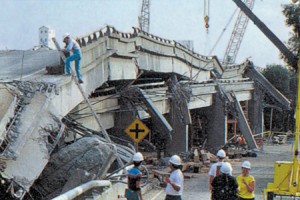

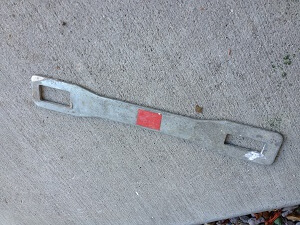



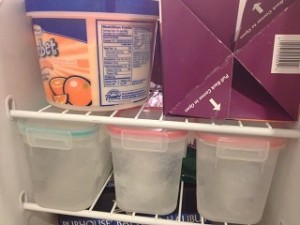




 It’s bad enough to weather a storm or ride out an earthquake that leaves you with many thousands of dollars in damage. But, if local power is out, roads are obstructed and you can’t get to your money in the bank, chances are you have bills that are going to go unpaid for some period of time . . . long enough to incur late charges and even serious damage to your credit rating.
It’s bad enough to weather a storm or ride out an earthquake that leaves you with many thousands of dollars in damage. But, if local power is out, roads are obstructed and you can’t get to your money in the bank, chances are you have bills that are going to go unpaid for some period of time . . . long enough to incur late charges and even serious damage to your credit rating.
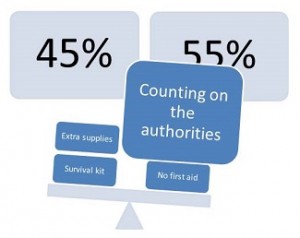 ◊ 48% of Americans don’t have a survival kit or emergency supplies.
◊ 48% of Americans don’t have a survival kit or emergency supplies.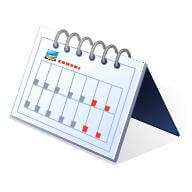


 The US Department of Labor has a division called Occupational Safety and Health Administration, otherwise known as OSHA. I’m sure you’ve heard of it!
The US Department of Labor has a division called Occupational Safety and Health Administration, otherwise known as OSHA. I’m sure you’ve heard of it!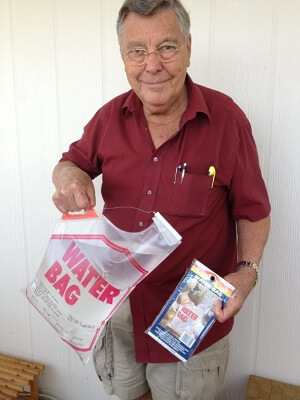


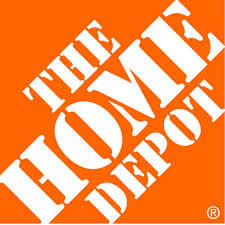 The Home Depot – the place to start
The Home Depot – the place to start
